Sing with copla, in general, of three or four eight-syllable verses, of a festive and boisterous nature whose etymological origin could be in the word mockery, and from there “burlery”.
It is dated to the end of the 19th century and was born from the soleá, stick of the one who takes the beat to increase the rhythm. Within this song two variants can be distinguished: bulerías to dance, that present a large multitude of styles, and the bulerías to the blow, created more for listening and also called bulerías by soleá, palo that for some experts is prior to the bulería itself.
Many attribute its creation to Loco Mateo and Gloria, who could well have been the fathers of bulería soleá, but the great promoters of this song were the Sevillians Manuel Vallejo and La Niña de los Peines.
Nevertheless, bulería has a wide variety of styles, like those of Cádiz : in major tones, those of Jerez : modal tones- or the cuplés : minor tones-, These variants being masterfully interpreted by the Perla de Cádiz, Jerez earthquake and Fernanda de Utrera, respectively.



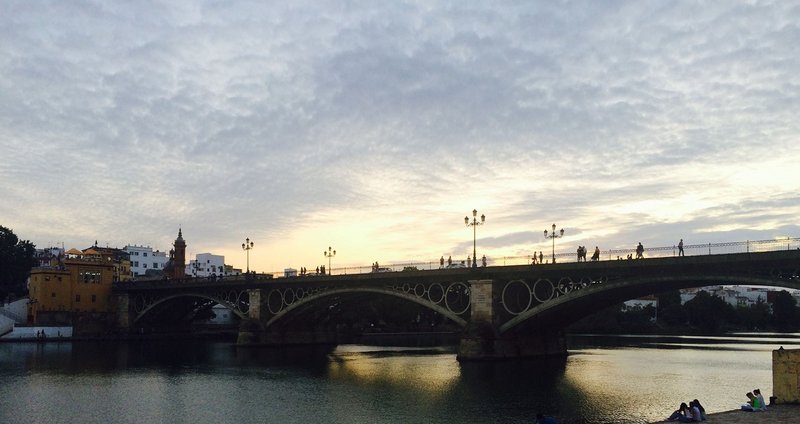 Sevilla
Sevilla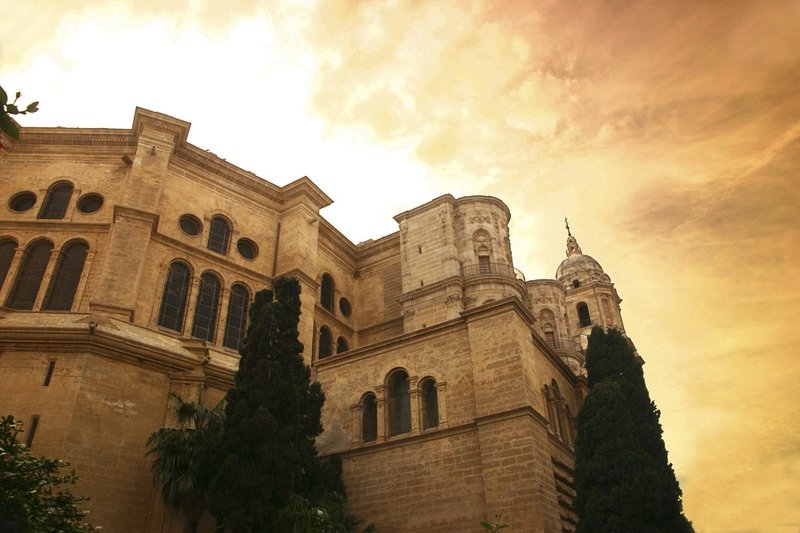 Málaga
Málaga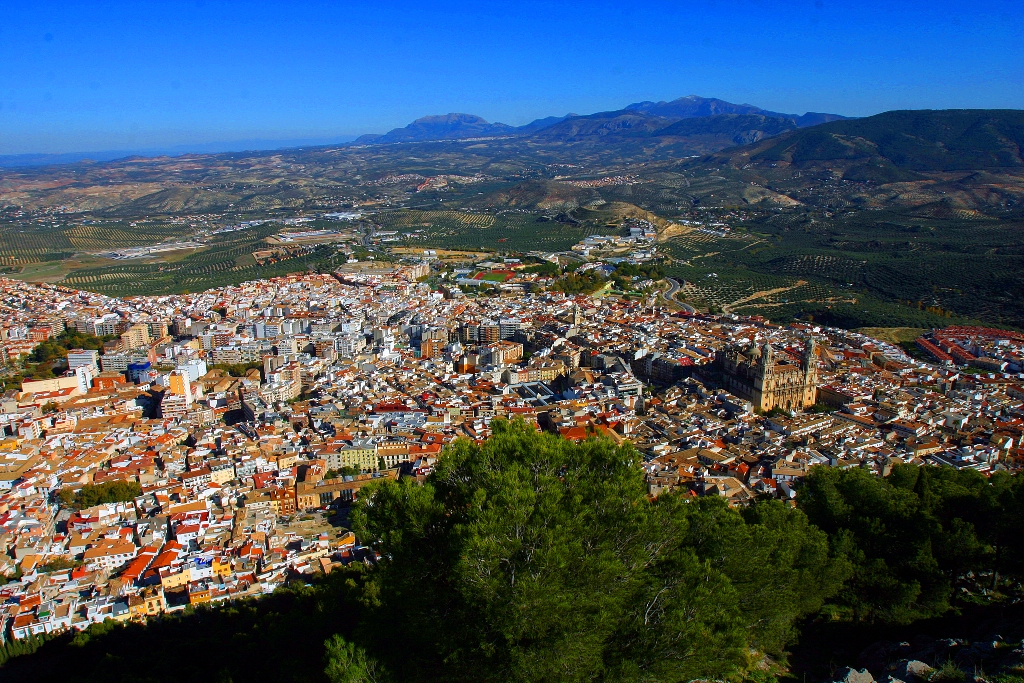 Jaen
Jaen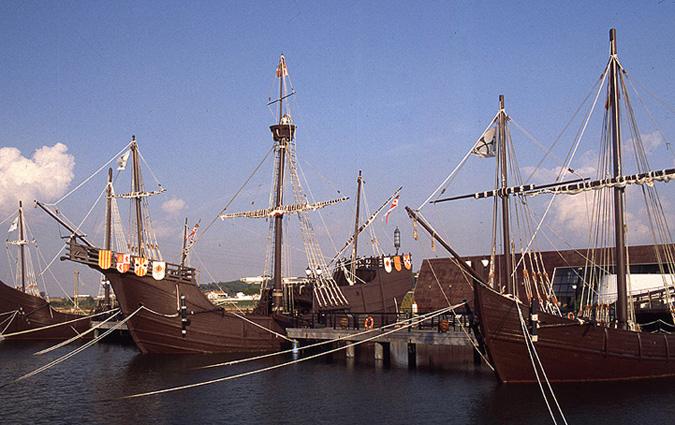 Huelva
Huelva Granada
Granada Córdoba
Córdoba Cadiz
Cadiz Almeria
Almeria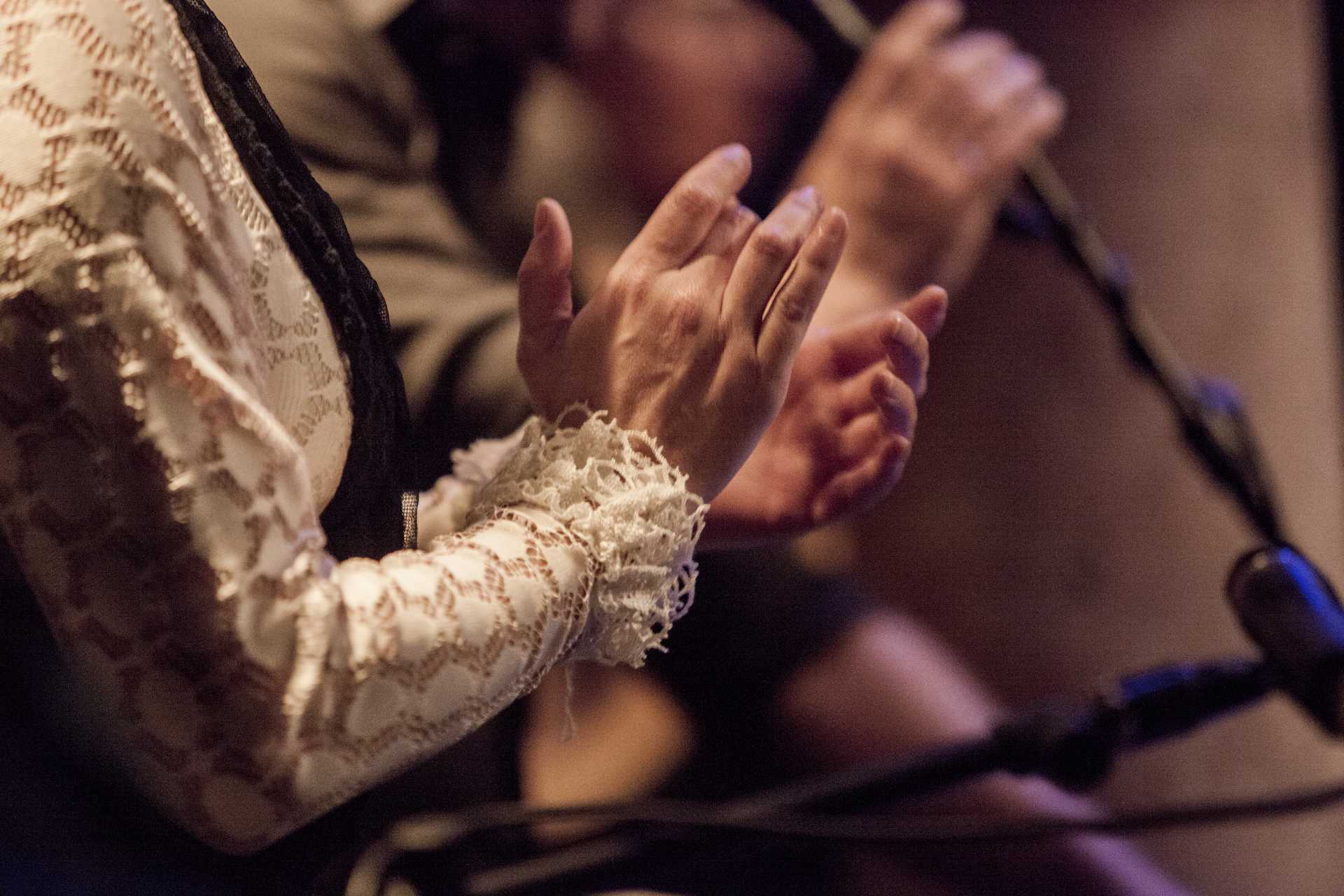 A tourist and cultural vision of flamenco
A tourist and cultural vision of flamenco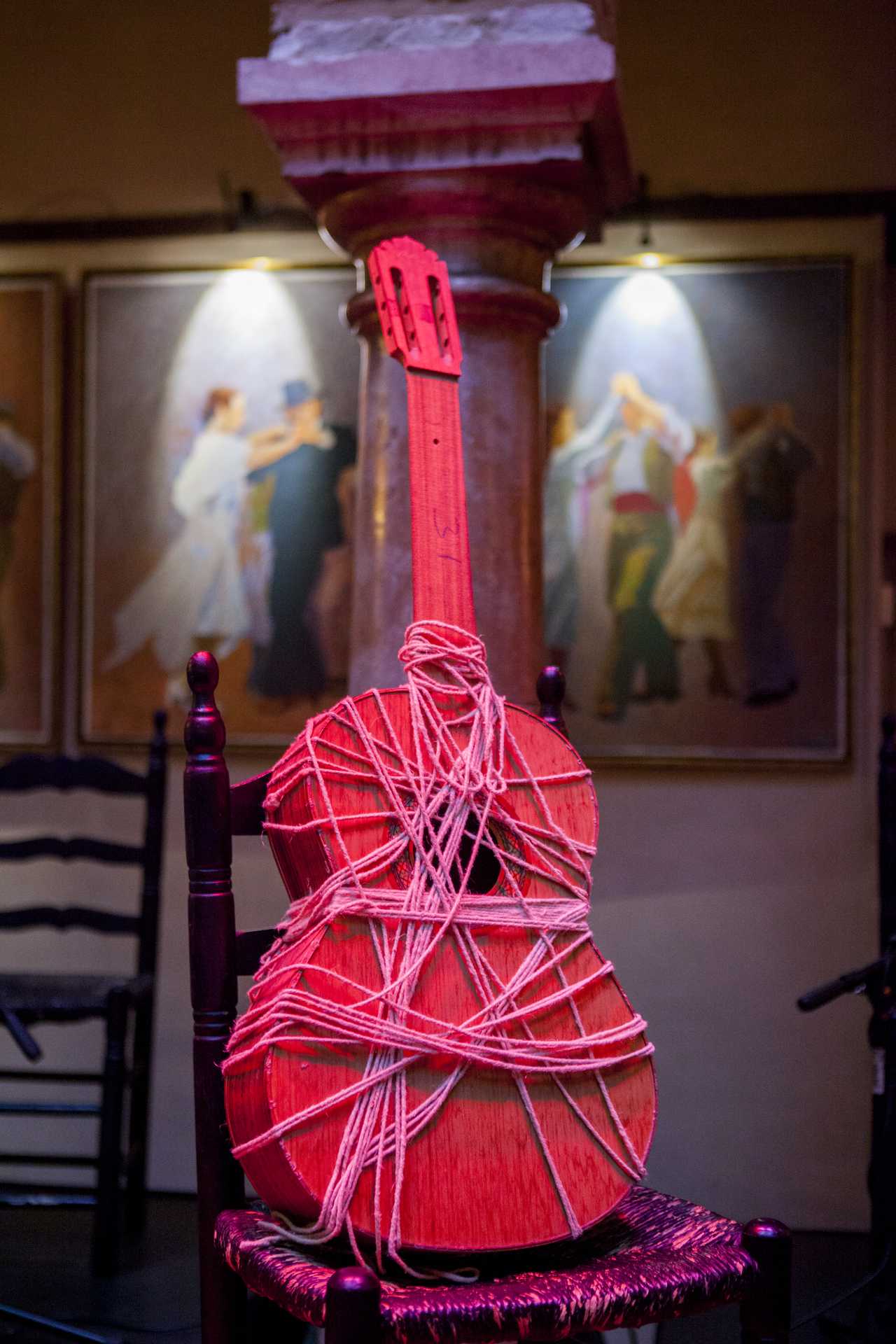 The Guitar, last to join.
The Guitar, last to join.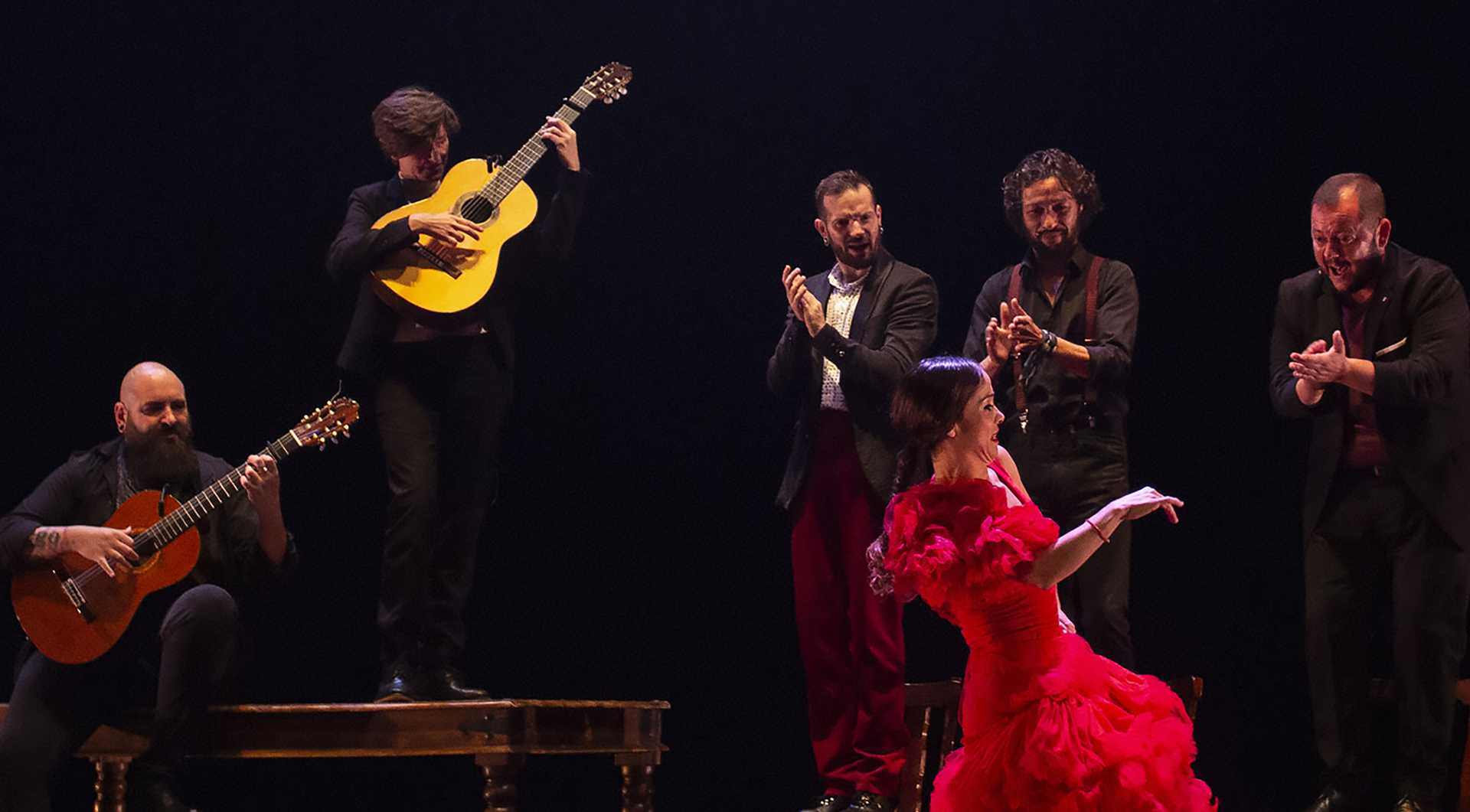 The history of flamenco with respect to its geographical distribution
The history of flamenco with respect to its geographical distribution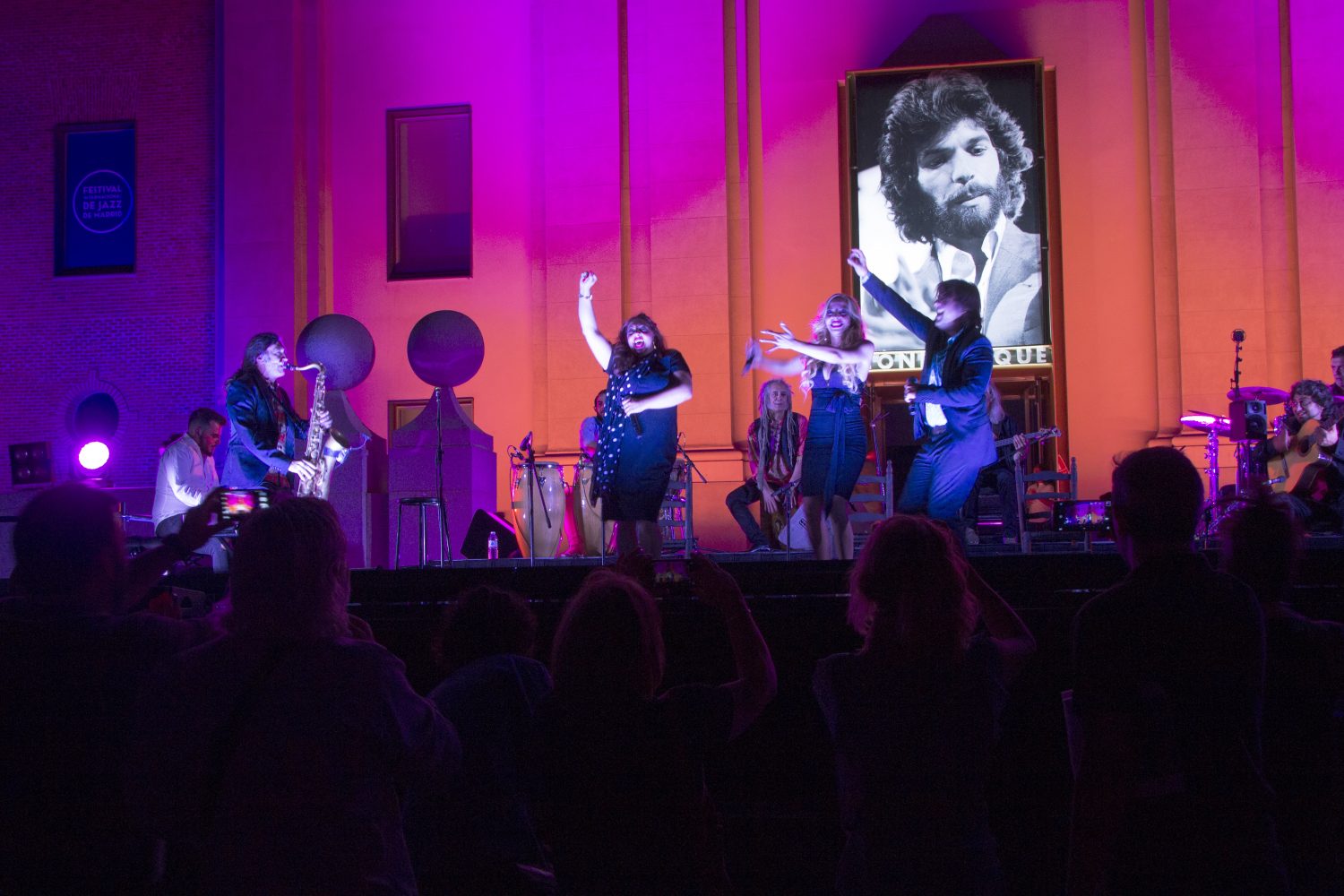 The present and future of the genre. The Fourth Golden Key of Singing.
The present and future of the genre. The Fourth Golden Key of Singing.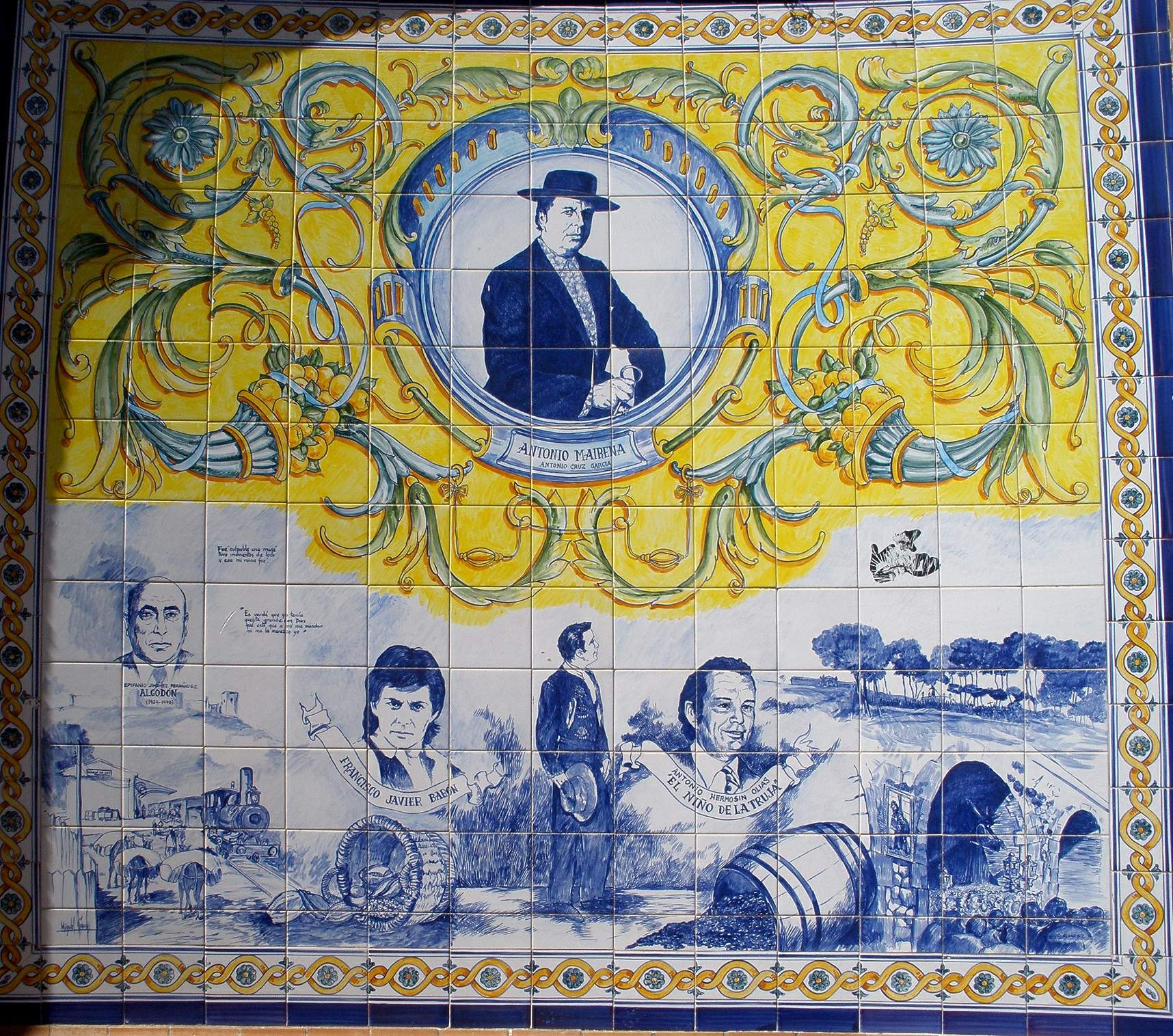 The festivals
The festivals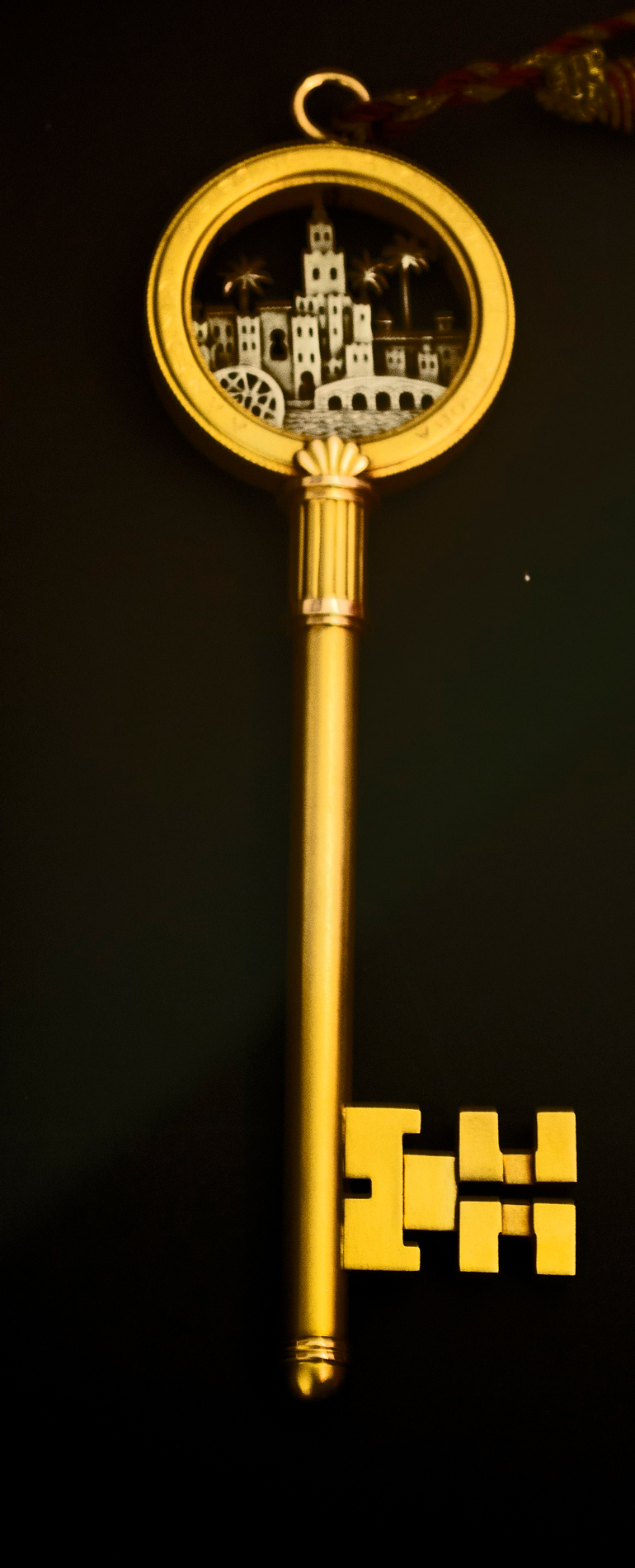 Revaluation of flamenco. Third Golden Key of Singing
Revaluation of flamenco. Third Golden Key of Singing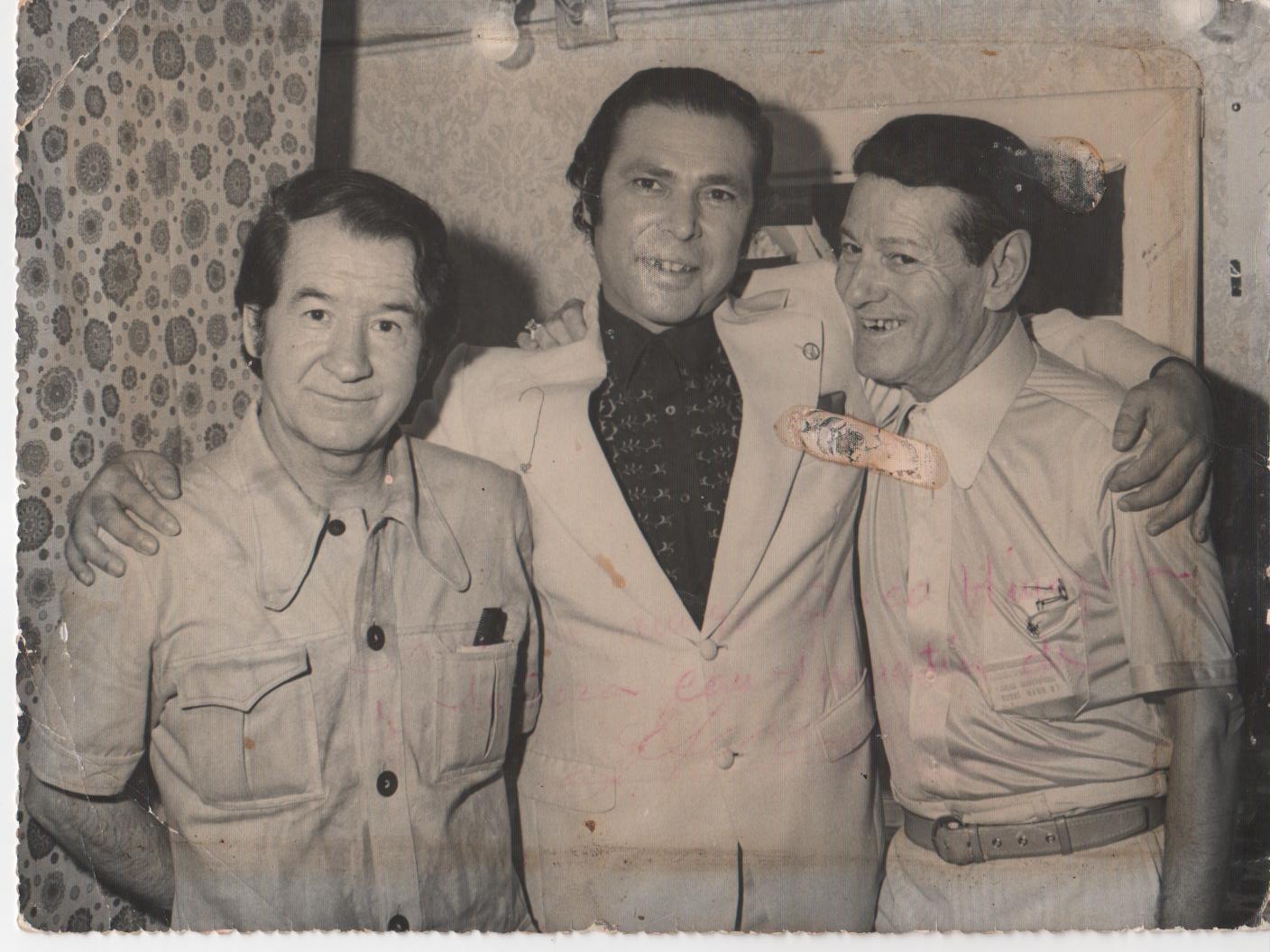 The Flamenco Opera
The Flamenco Opera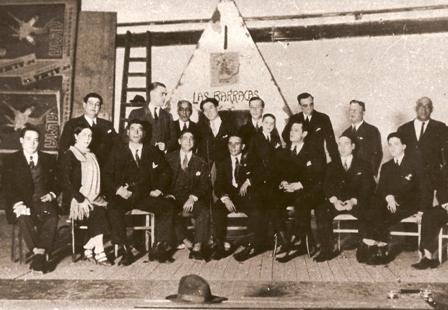 Flamenco in Madrid. The Pavón Cup. Second Golden Key of Singing
Flamenco in Madrid. The Pavón Cup. Second Golden Key of Singing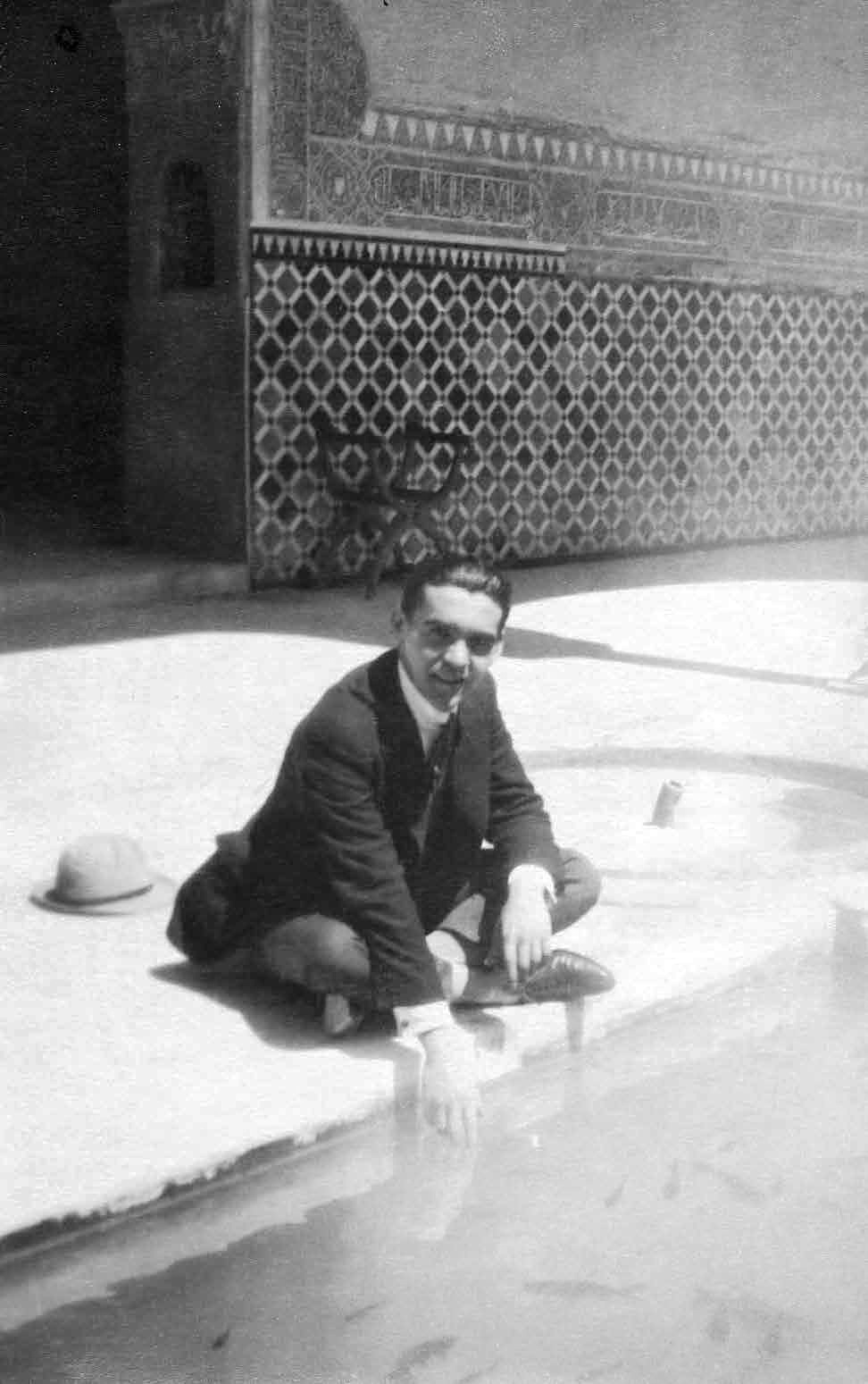 The contest that took place in 1922 in Granada
The contest that took place in 1922 in Granada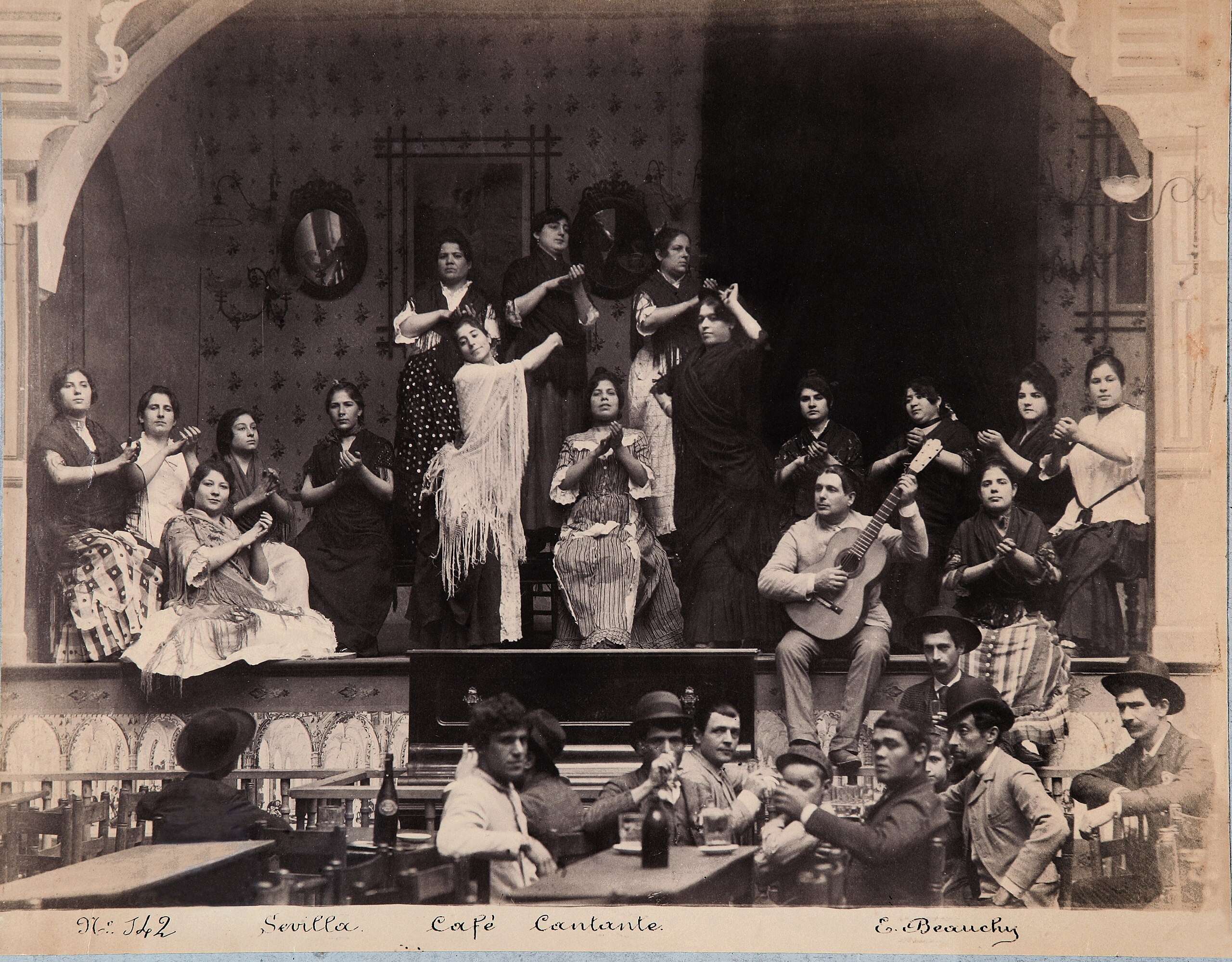 The great creators. The Golden Age. The Singing Cafes
The great creators. The Golden Age. The Singing Cafes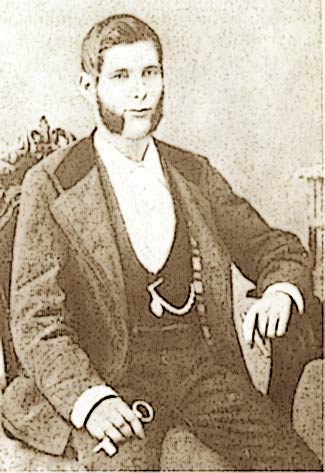 Evolution. Hermetic Stage. First singers
Evolution. Hermetic Stage. First singers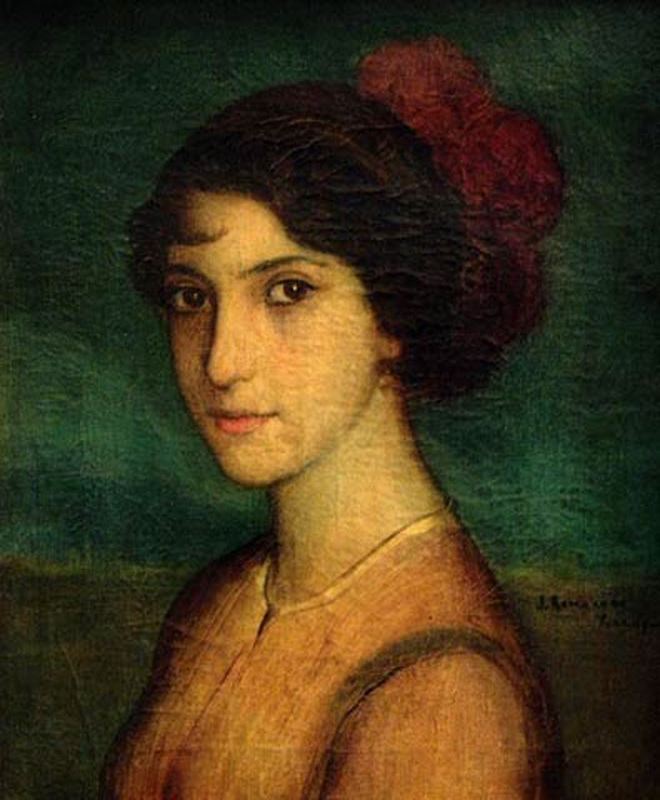 Origin of the word “flamenco”
Origin of the word “flamenco”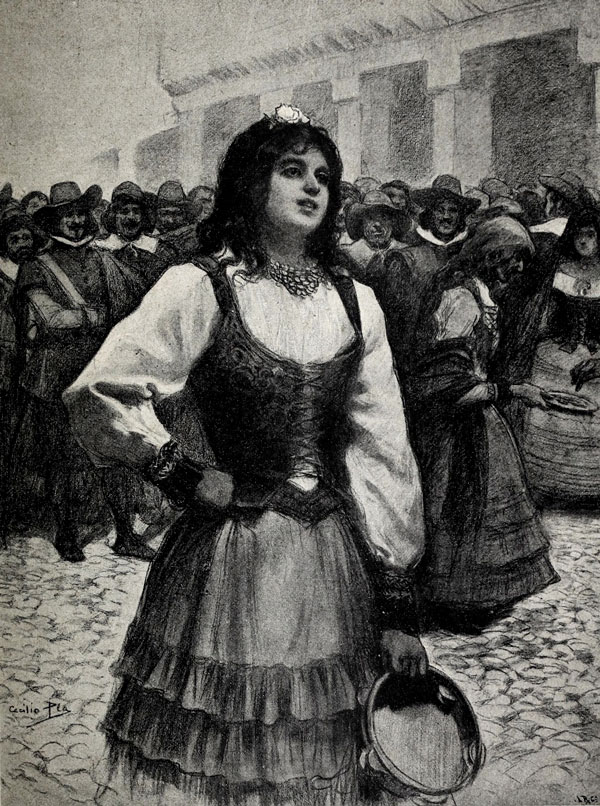 First written references
First written references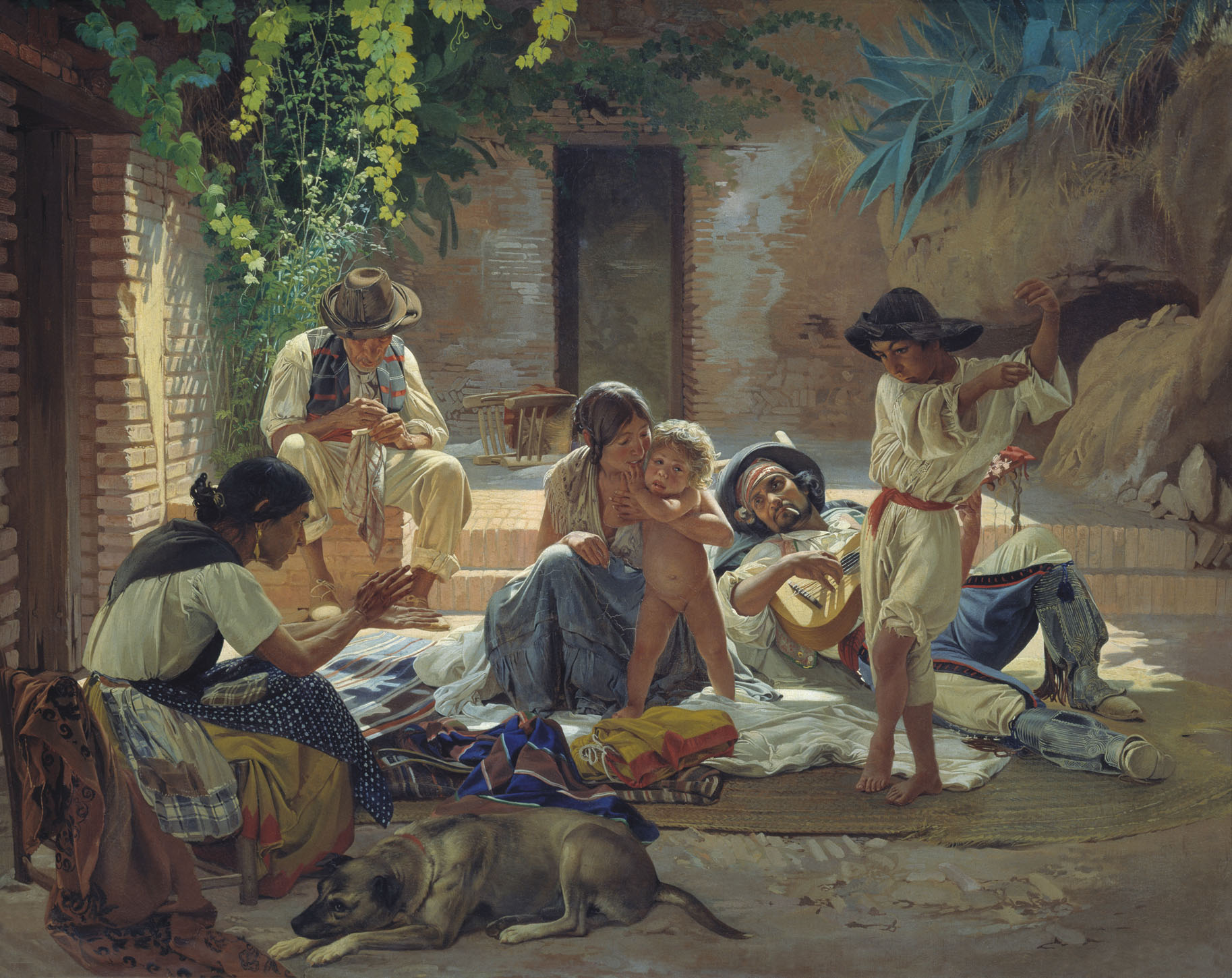 Musical background
Musical background